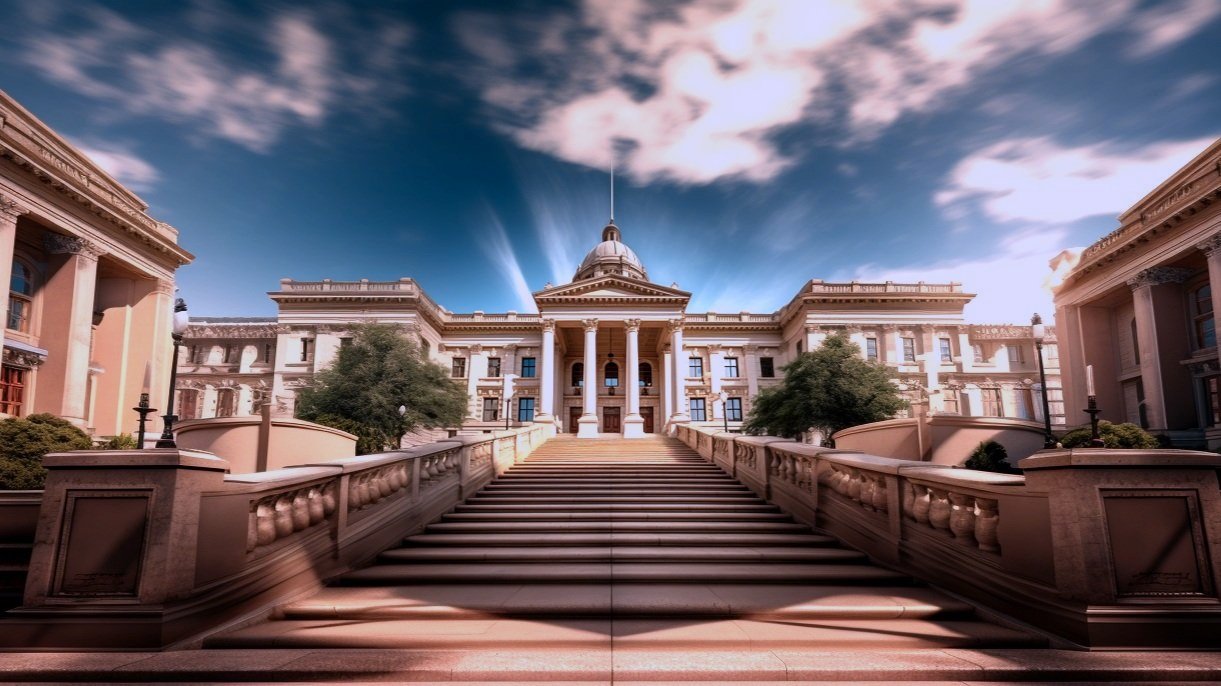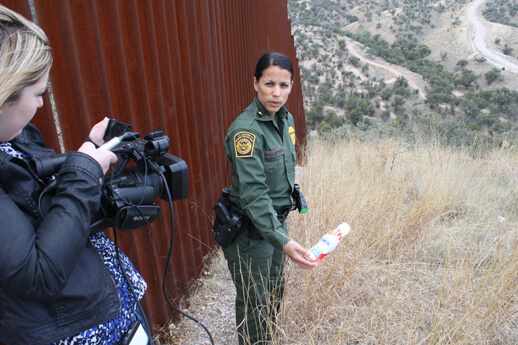Why Legal Videography is Crucial for Accurate Legal Paperwork
Why Legal Videography is Crucial for Accurate Legal Paperwork
Blog Article
Delving Into the Mechanisms of Lawful Videography: Unveiling Its Operation in Safeguarding Genuine Aesthetic Statement for Judicial Procedures
In the world of judicial proceedings, the function of legal videography stands as a keystone in protecting and presenting aesthetic proof. As technology proceeds to advancement, the devices behind lawful videography have come to be increasingly detailed, offering an essential layer of authenticity to statements captured on video.
Historical Development of Lawful Videography
Taking a look at the historical development of lawful videography reveals a considerable improvement in the recording and presentation of visual proof within the legal landscape. In the past, lawful process heavily relied upon written photographs and records to document events and supply proof. Nonetheless, with the introduction of video clip modern technology, the legal industry observed a paradigm shift in exactly how visual testament was captured and presented.
The evolution of legal videography can be traced back to the late 20th century when innovations in video clip recording devices made it a lot more easily accessible for usage in courtrooms. This technological innovation not just boosted the accuracy and integrity of aesthetic proof yet additionally revolutionized the method situations were provided to juries and courts (Legal Videography). Lawyers started to acknowledge the persuasive power of video recordings in conveying emotions, subtleties, and non-verbal cues that written transcripts or photographs alone might not catch properly

Innovation Innovations in Video Clip Documents
What vital technical developments have reinvented video clip paperwork in the legal field? The legal field has actually seen significant advancements in video clip paperwork modern technology that have actually boosted the credibility and reliability of aesthetic evidence in judicial procedures. One of the key advancements is high-def (HD) video clip recording capabilities, which provide crystal-clear photos and sharp information that are essential for accurately recording testimonies, face expressions, and other visual signs. Furthermore, the integration of timestamping and metadata features in video clip paperwork devices has actually made it possible for specific paperwork of when and where the video was recorded, making certain the stability of the evidence offered in court.
In addition, developments in video encryption and watermarking innovations have boosted the security and tamper-proof nature of video clip evidence, securing it versus unauthorized changes or meddling. Moreover, the advent of cloud storage remedies and remote access capabilities has streamlined the storage space, access, and sharing of video evidence, assisting in smooth partnership amongst lawful professionals and making sure reliable access to essential visual testaments when required. These technological advancements in video clip documents have actually certainly transformed the lawful area, enhancing the accuracy, integrity, and admissibility of aesthetic evidence in judicial process.
Duty of Lawful Videographers in Court Room Settings
The evolution of video clip documents innovation in the legal field has actually demanded a critical function for legal videographers in courtroom setups, making certain the stability and integrity of visual testaments presented during judicial process. Lawful videographers play an essential role in recording and protecting exact aesthetic evidence that can be crucial in court instances. Their obligation expands to establishing equipment, recording procedures, and producing top notch videos that accurately show the events in the court room.
In addition, legal videographers often work carefully with lawful groups to make certain that the video proof straightens with the instance's needs and can be successfully presented in court to support the legal disagreements being made. Generally, the role of legal videographers in court setups is vital in promoting the concepts of justice and guaranteeing the transparency of lawful process. Legal Videography.

Ensuring Admissibility and Integrity of Video Clip Proof
To maintain the integrity of aesthetic proof offered in lawful procedures, ensuring the admissibility and stability of video clip proof is a vital responsibility for legal videographers. Admissibility describes the approval of proof by the court, and for video proof to be permissible, it should satisfy particular criteria. Legal videographers play a crucial duty in making certain that the video clips they capture conform with the policies of proof, such as relevance, dependability, and credibility.
Honesty of video clip evidence involves maintaining the originality and precision of the video from the time it is taped till it exists in court. This consists of safely storing the video files, recording the chain of guardianship, and avoiding any meddling or modifications. Legal videographers should stick to strict protocols to assure the honesty of the video evidence and avoid any type of challenges to its credibility.
Future Trends in Legal Videography
Given the increasing dependence on innovation in lawful proceedings, lawful videographers are positioned to embrace innovative advancements shaping the future of visual testament capture and presentation. One of the noticeable fads on the perspective is the combination of virtual fact (VR) and augmented reality (AR) technologies right into legal videography. These modern technologies have the possible to change exactly how visual proof is presented in court rooms, permitting juries and courts to immerse themselves in the scene of the criminal activity or case.
Moreover, the use of expert system (AI) formulas for video clip analysis is anticipated to improve the procedure of evaluating and evaluating huge amounts of video clip footage. AI can assist in recognizing vital moments, abnormalities, and patterns within video clips, enhancing the effectiveness of legal examinations.

Conclusion
To conclude, legal videography has actually played a vital role in giving genuine visual proof for judicial proceedings. With technological advancements and the expertise of lawful videographers, the honesty and admissibility of video proof are guaranteed in courtroom settings. As lawful videography remains to progress, it will be pop over here essential to promote standards that preserve the precision and reliability of aesthetic testimony for the future of lawful process.
Analyzing the historic development of legal videography discloses a significant improvement in the recording and discussion of visual proof within the legal landscape.The evolution of video paperwork innovation in the legal area has actually necessitated an important duty for legal videographers in courtroom setups, ensuring the stability and dependability of visual testaments presented during judicial proceedings. Furthermore, legal videographers frequently function very closely with lawful groups to make certain that the video evidence lines up with the situation's needs and can be effectively presented in court to support the legal disagreements being made.To preserve the reputation of aesthetic proof provided in legal proceedings, guaranteeing the admissibility and stability of video clip evidence is an essential responsibility for legal videographers. As legal videography proceeds to evolve, it will certainly be essential to copyright standards that maintain why not look here the precision and integrity of aesthetic testament for the future of legal proceedings.
Report this page